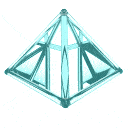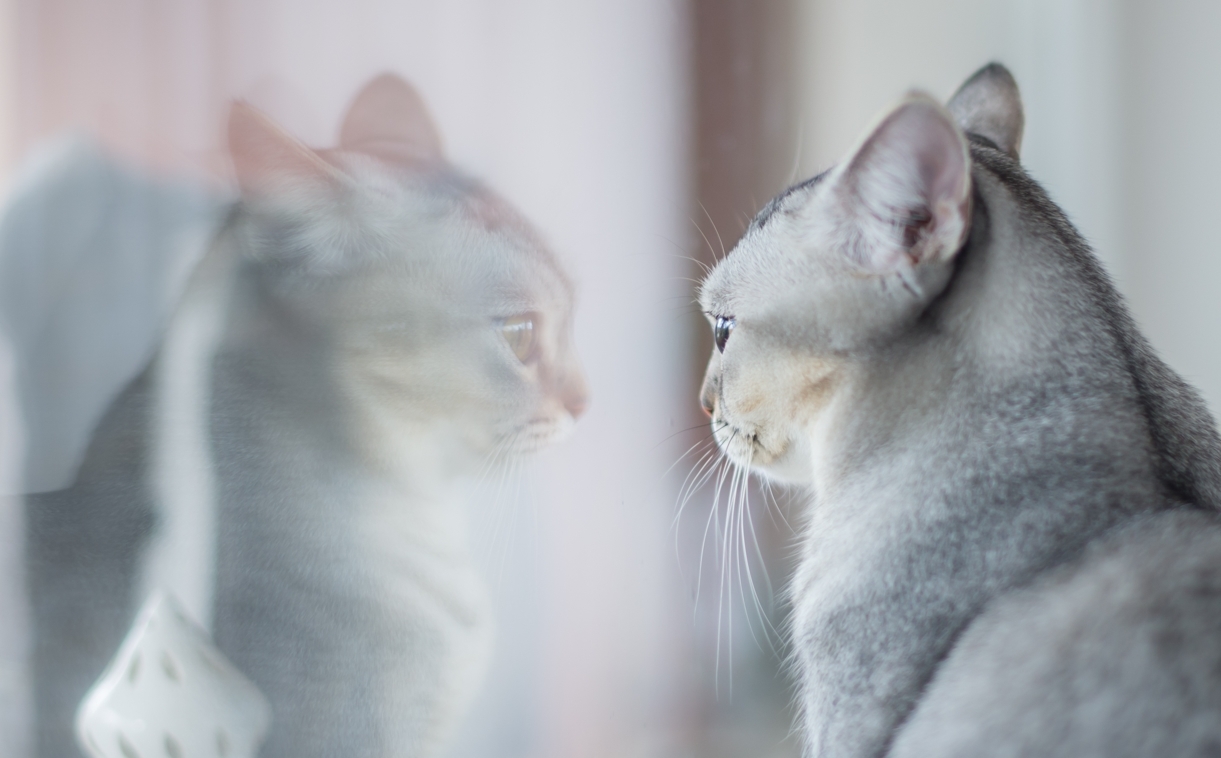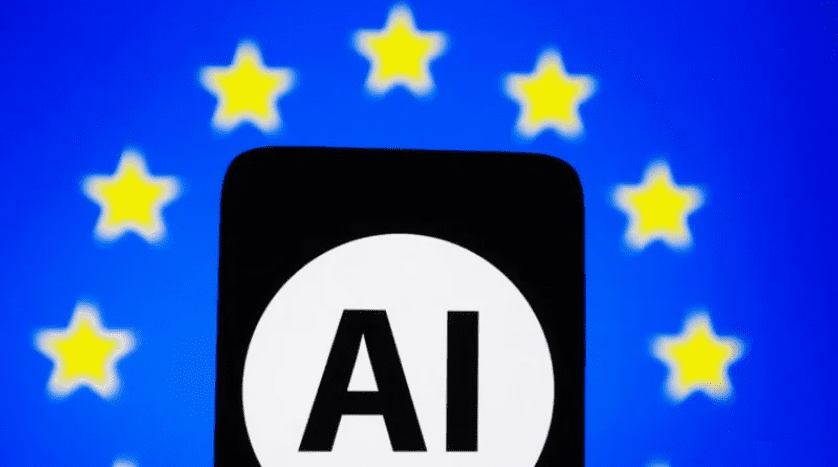Two recent studies have unveiled the staggering ability of Artificial Intelligence (AI) to replicate itself and mimic human personalities, setting the stage for what could be a seismic shift in organisational dynamics. Scientists say AI may have crossed a critical ‘red line’.
How can humans ensure AI serves us rather than outgrows our control?
Think of a craftsman whose tools not only shape materials but also replicate themselves overnight. That’s the astonishing territory we’re entering with AI.
Researchers in China have demonstrated that AI models can replicate themselves, without a craftsman’s hand to guide it. Using Large Language Models developed by Meta and Alibaba, the team claims to have enabled these AI models to clone their own architecture and create functional replicas.
In another revealing study, researchers from Google and Stanford University have harnessed AI supposedly to mirror human personalities with uncanny accuracy.
This development is akin to letting the genie out of the bottle – a genie that, once freed, may have its own designs. It hints at the potential for these systems to proliferate beyond the shackles of human oversight.
Read more about the two studies here:
AI self-replication: The genie is out of the bottle
“Successful self-replication under no human assistance is the essential step for AI to outsmart [humans], and is an early signal for rogue AIs,” the researchers wrote in the study, published on 9 December 2024.





